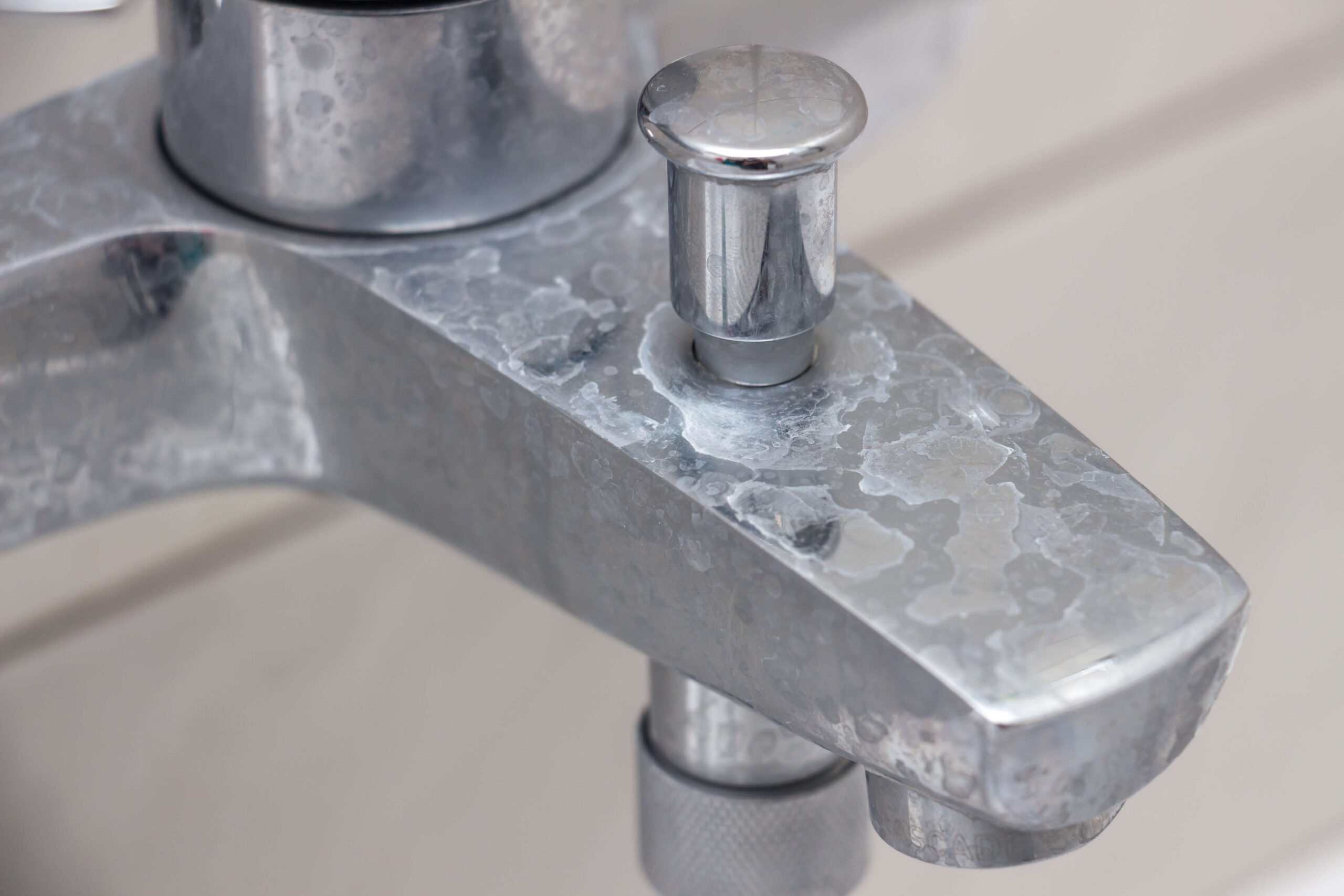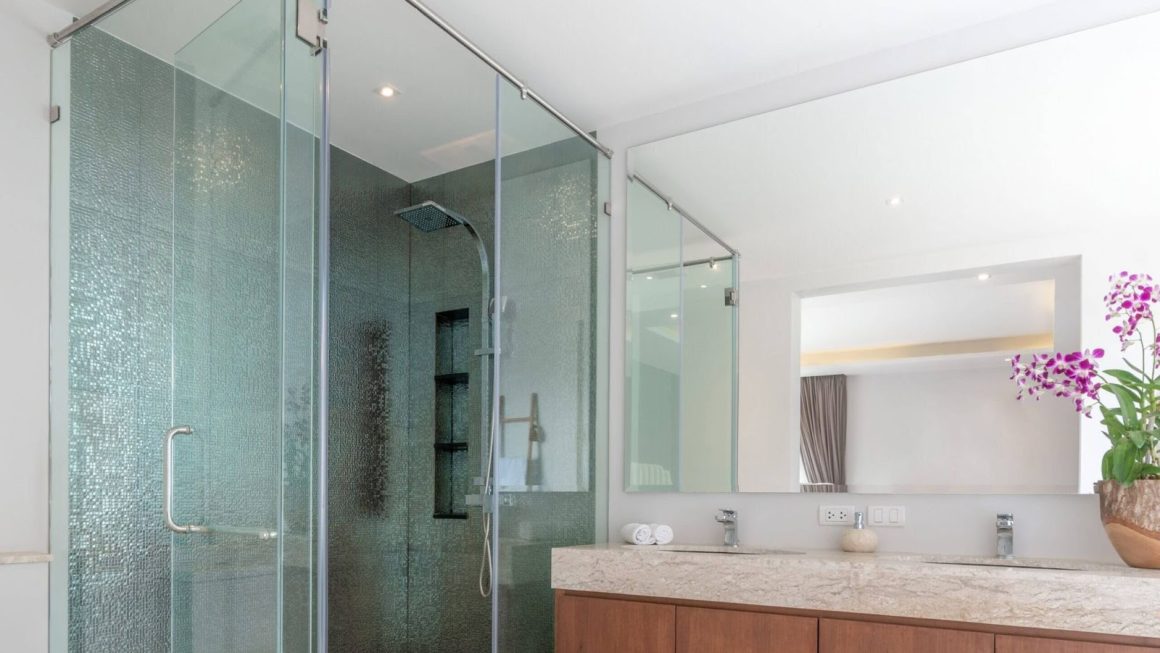Have you heard the terms ‘soft water’ and ‘hard water’? If so, you’re probably wondering what could have caused the water to become soft and hard and whether one of them is healthier or safer than the other.
Water typically contains chemicals and minerals in its natural form, such as calcium, magnesium, and other natural metals. These materials are responsible for establishing the so-called ‘hardness’ of water.
Unfortunately, the hardness of water is one of the most usual problems homeowners encounter when it comes to water quality. While it’s generally not a health concern, it can cause massive buildups down your pipeline, water heating systems, and other water-related functionalities.
Another problem homeowners face is that hard water isn’t economical when cleaning dishes and laundry. Unlike soft water, it needs more shampoo and soap solution to create a lather. If you want to get rid of hard water, you may consider installing whole home water systems.
However, how will you know if your water source is supplying you with hard water? To find that out, here’s a simple guide that’ll tell you everything you want to know, including how to distinguish hard water from soft water.
The Difference Between Hard And Soft Water
As mentioned earlier, the hardness of water is due to the abundant concentration of minerals, chemicals, and metals present in the water, especially calcium and magnesium.
If you want to make it soft, you may use a water softener that’ll help you get rid of those unwanted minerals. However, instead of having high levels of calcium and magnesium, soft water tends to have a relatively high concentration of salt or sodium. But it depends on which type of water softener you’re planning to use.
If you want to know more about the types of water softeners, you may continue reading below.
How To Tell If Water Is Hard Or Soft
There are plenty of strategies that’ll help you tell hard water from soft water. The most effective technique would be the one done in specialized laboratories. However, it can be expensive, because experts are the ones who execute the process. Also, it may take a while before you get the results.
That being said, you might want to consider the following simple techniques you can easily perform using the basic daily object you have at home:
- Testing For Soapsuds
Soapsuds are a good indicator of hard and soft water. All you need is a small bottle with a tight-fitting cap and liquid soap.
First, fill the bottle with at least eight to ten ounces of water. Make sure that the water comes straight from your sink, bathroom, or anywhere around your home.
After that, add ten drops of liquid dishwashing soap and shake vigorously for ten seconds. Make sure that the soap you’re using isn’t detergent or liquid soap diluted with water. It should be pure liquid soap as much as possible for the most accurate results.
After shaking vigorously, let the bottle settle down and check the outcomes. If the surface of the water has produced a lot of bubbles or suds while the water below remains clear, it means your water has a relative level of softness.
However, if it doesn’t produce enough foam and the water below turns cloudy, you probably have hard water.
- Performing The Soap Method
As mentioned above, hard water prevents the soap from foaming or lathering. To test the hardness of water, scrub the soap onto your skin and try to form a lot of suds. If it lathers quickly, producing a lot of bubbles, you have soft water. But if it doesn’t foam and results in a sticky film on your skin, you have relatively hard water.
For more accurate and better results, you may use Castille soap, which has a set of ingredients that work well with different types of water.
- Using DIY Home Test Kits
You can purchase DIY test kits in most hardware stores, home improvement shops, and online retailers. To achieve the most accurate results, make sure to buy test kits made by a reputable manufacturer. Also, you want to be sure that they’re for hard water testing.
Additionally, you can choose which contaminant you want to test. Some test kits are made exclusively to test radon or chlorine, while some determine overall water quality and safety.
One of the most common test kits you can purchase is wet-strip test kits. The process is similar to how you test the water in your pool or spa. First, fill a small bottle with water and put the test strip in water. Wait for a possible color change and compare it to the chart included in the kit. Read the instruction manual that’ll help you read the results based on the color you achieved.
Other test kits may include a device that instantly reads the hardness of the water in grains per gallon (gpg). Hard water levels start at 3gpg, but if the reading results in more than 11gpg, you may experience the following symptoms. These include persistent skin dryness, excessive scale buildups, and reduced energy efficiency.
- Perform Visual Checks
Another simple trick to help you test your water for hardness is to conduct basic visual checks in places where water touches, such as your sinks, utensils, plates, glassware, and bathrooms. Inspect these areas and search for possible scale buildups. If you find some, your water has a higher concentration of minerals and other contaminants.
To address the situation, use a water softener and make sure that it runs perfectly in good condition. This will effectively reduce the building up of crusty scale and other hard water symptoms.
- Check The Numbers
If the location of your home is within the municipality or city water supply, you may ask some officers that test water quality for their reports. Make sure to get the latest report as much as possible. You may also try to search online and see if they’re consistently posting the results of their tests.
However, such reports are quite technical and don’t necessarily reflect the water from your faucet because the water they tested is fresh from the treatment facility. Your results may differ since the water travels through long pipelines before being released into your sink. Nevertheless, reports provide data on how soft or hard the water in your area is.
The quality of water is measured in milligrams per liter (mg/L). The compound being tested is calcium carbonate. Here’s a quick guide to interpreting the results:
- Soft: 0 to 17 mg/L or 0 to 1gpg
- Slightly Hard: 18 to 60 mg/L or 1 to 3.5gpg
- Moderately Hard: 61 to 120 mg/L or 3.5 to 7gpg
- Hard: 121 to 180 mg/L or 7 to 10.5gpg
- Very Hard: 181 mg/L or 10.5gpg and above
Use this guide to identify the hardness of the water in your area. But again, the values produced by the city testing facilities don’t necessarily reflect your tap water.
Other Signs Of Hard Water
Aside from crusty scale buildups in plates and glassware, less foam, and slimy soap films, there are other common symptoms of hard water, such as:
- Reduced water pressure due to mineral buildup in pipelines that blocks water flow as it shrinks down the diameter of your pipes
- Mineral stains on clothes
- Worn out clothes due to mineral deposits
If such signs continue to persist, you may check out the following tips on managing hard water below that may be able to help you.
How To Manage Hard Water Problems At Your Home
Hard water may not have devastating effects on your health, but it can surely cause catastrophic damage to your home. That being said, you may consider the following tips below that’ll help you manage hard water.
- Use Vinegar
Using vinegar is an effective way to remove mineral deposits on affected objects, such as glassware and utensils. Since most buildups are calcium and magnesium, they’ll easily react with acidic substances like vinegar.
You can use vinegar to dissolve and wipe hard water stains. However, it may not be an effective solution for deposits that have already accumulated for a long time. But it can clear the top surface and let other powerful substances remove the rest.
On top of that, you may create a paste using baking soda and vinegar. Make sure to use it only on non-scratching surfaces because the mixture is abrasive. You can leave the paste on hard-to-remove stains for an hour before wiping it for better results.
When cleaning mineral deposits on flat surfaces, it’d be best to dilute the vinegar with water using a 1:1 ratio (one part vinegar in one part water). Then, spray the solution and let it sit for around five to ten minutes to loosen up the stains and make it easy to wipe and remove them.
- Lower Your Temperature
In case you don’t know, high water temperatures promote the existence of mineral deposits. Using hot water may accelerate mineral precipitation inside the pipelines, which may cause a significant amount of scale buildup over time.
To address the issue, you may refrain from using hot water or reduce the temperature of your heater to stop and delay the formation of mineral deposits. Also, you may flush your heater regularly to remove any accumulation that may clog up the equipment. If the clog persists, the pipe may get damaged, and the lifespan of your water heater may be reduced.
- Use Water Softener
Water softeners effectively remove mineral amounts present in your water. But before you purchase one, it’d be better to understand the different water softeners to identify the right one for your home. Here are some types you might want to know:
- Salt-Based Softener: This is also known as an ion-exchange softener because it removes calcium and magnesium and replaces them with sodium ions. It may add salt to the water, but it’s almost unnoticeable, and the water produced won’t cause further damage to appliances, your skin and hair, and water fixtures.
- Salt-Free Softener: If you’re not in favor of adding salt to your water, this type may be the right option. Unlike salt-based softeners, it doesn’t utilize an ion-exchange process. Instead, it uses template-assisted crystallization to counterbalance the minerals.
- Dual Tank Softener: Unlike salt-based softeners, this type uses two tanks that help the softener work on large amounts of minerals and significant volumes of water. However, it takes a lot of free space and is more expensive than other types. Therefore, it’s only ideal for homes with extreme water consumption.
- Magnetic Softener: Unlike other types mentioned above, this water softener doesn’t take up much space. It’s compact equipment that straps itself onto your pipes. Another good thing about this is that you don’t have to cut the lines when installing it. It works by neutralizing the charged ions on minerals to help them get dissolved in the water.
- Showerhead Softener: As the name suggests, it’s usually installed in the showerhead to help you take a bath without any minerals. With this, you don’t have to worry about dry skin and mineral deposits on your hair and scalp.
You may choose which of the following types best suits your home and needs.
- Clean Stains Based On Their Colors
When cleaning or removing stains, the first thing you need to do is check their color. Different colors mean different chemical reactions. That being said, different approaches should be taken, depending on the color of the spot you want to eradicate. Check out the following tips below:
- Pink Stains (Bacteria): Remove these stains using a rag lightly soaked in a bleach solution. For the solution, add a small amount of bleach to large amounts of water, preferably one-third of bleach per gallon of water.
- Red Stains (Rust): Create an acidic paste with equal parts of cream of tartar and water and use it to remove the rust.
- Green Stains (Copper-Based): Create a paste using equal amounts of water, flour, and vinegar. Then, apply it to the stain and let it sit for at least 30 minutes before washing and rinsing it with soap and water.
Final Words
Hard water is a common problem for many homeowners. It reduces water pressure, promotes scale buildup on pipelines and other objects, and it’s not economical. If this concerns you, check your water source and test your water supply using the techniques discussed above.
If your water supply tested positive for hard water, you could manage the potential symptoms with vinegar, reduced heater temperature, and water softeners. Furthermore, don’t forget to ask for professional help if the problem persists.



